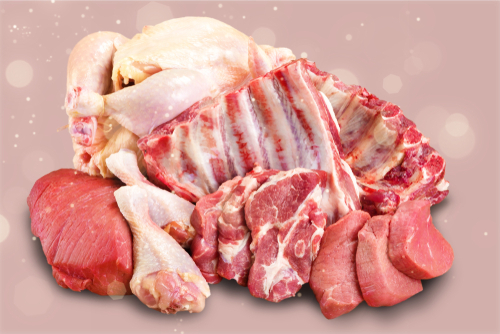A recent Milwaukee Journal Sentinel column reminded us just how far some organic food alarmists and small-farm-only advocates will go to push their agenda. Take the Minnesota-based Institute for Agriculture and Trade Policy (IATP): If they’re to be believed, we now have yet another reason to fear what’s on our dinner plates. The IATP, which also wants to legislate our eating habits by forcing their organic foods agenda into the 2007 Farm Bill, has been consistently raising false alarms about arsenic levels in chicken.
In a report released last April, the IATP claimed that an arsenic compound found in some chicken feed is potentially dangerous to humans. But while there may be evidence that arsenic in chicken droppings could be harmful, the highest concentration of arsenic found in the chickens themselves was twenty-five times below the FDA limit.
In March of this year, IATP persuaded The Pittsburgh Post-Gazette to spread a little needless fear, while emphasizing the fact that “[b]irds sold under ‘organic’ labels legally can’t be fed arsenic.” There’s the rub.
As editorial writer Patrick McIlheran pointed out in the Journal Sentinel, arsenic alarmism is really an underhanded (and dishonest) way of promoting organic meat as the only “safe” choice:
If you’re pushing organic farming, you won’t change a lot of consumers’ behavior by touting mixed results about possible contamination … You get farther telling them there’s arsenic in their chicken. This is, then, less about arsenic than about portraying what is really a matter of science and trade-offs as, instead, a matter of poison and profit.
Organic promoters frequently tout all things “natural” as the ideal; but when it comes to chemicals like arsenic, it’s a mistake to think of Mother Nature as pure and pristine. Last year in an Arkansas courtroom, Oklahoma State University veterinary professor Dr. Billy Clay testified that the amount of arsenic used in animal agriculture is insignificant compared to what’s already in the environment. “Arsenic is very common in nature,” Clay said. “It’s everywhere.”




